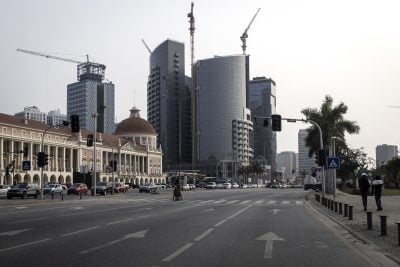Genesis of the Green Revolution The phrase ‘Green Revolution’ was coined in 1968 by William Gaud, a former director of the United States Agency for International Development (USAID): “Developments in the field of agriculture contain the makings of a new revolution.
It is not a violent Red Revolution like that of the Soviets, nor is it a White Revolution like that of the Shah of Iran. I call it the Green Revolution.” He was referring to the collective introduction of new agricultural technologies in developing countries that resulted in a step increase in food production and much greater food security.
This process first took place after the Second World War, when higher yielding seeds, synthetic fertilisers and pesticides, largely developed in the US during the 1930s and 1940s, were adopted in neighbouring Mexico. In 1961, the Indian experience of the Green Revolution is perhaps the best known. One of its most fertile areas, the Punjab, was chosen as the testing ground and the results were startling.
Rice in the province generally yielded about one tonne per hectare but the new strain, IR8, yielded between five and 10 tonnes when given the required support. Not surprisingly, IR8 was soon used throughout India, Thailand and elsewhere in Southeast Asia.
Average rice yields in India have now risen to almost seven tonnes per hectare, reducing food prices and turning India into an important rice exporting nation. Similarly, wheat yields in Asia and Latin America have increased fourfold over the same period.
China’s monumental famines of the 1950s, 1960s and 1970s have faded from view, although this has also had much to do with improved political stability and greater tolerance for private sector trade. Brazil has been transformed from a net food importer into an important maize, soya, sugar and coffee exporter, although the amount of rainforest that was felled to provide more agricultural land has been criticised as an environmental disaster.
It is often overlooked that the economic progress made in China, India, Southeast Asia and Latin America over the past 10 to 15 years has its roots firmly in the green revolutions experienced by those countries and regions.
The African continent’s failure to replicate the economic growth enjoyed by other developing regions has many causes but food insecurity must be high up on the list. Repeated attempts have been made to replicate the benefits of the Green Revolution in different parts of Africa. Most have largely failed and yet per capita food production in the continent has actually fallen over the past 20 years.
At present, many parts of Africa experience the worst of all worlds. Most people continue to work in food production and yet food insecurity remains a great problem.
Want to continue reading? Subscribe today.
You've read all your free articles for this month! Subscribe now to enjoy full access to our content.
Digital Monthly
£8.00 / month
Receive full unlimited access to our articles, opinions, podcasts and more.
Digital Yearly
£70.00 / year
Our best value offer - save £26 and gain access to all of our digital content for an entire year!
 Sign in with Google
Sign in with Google 


